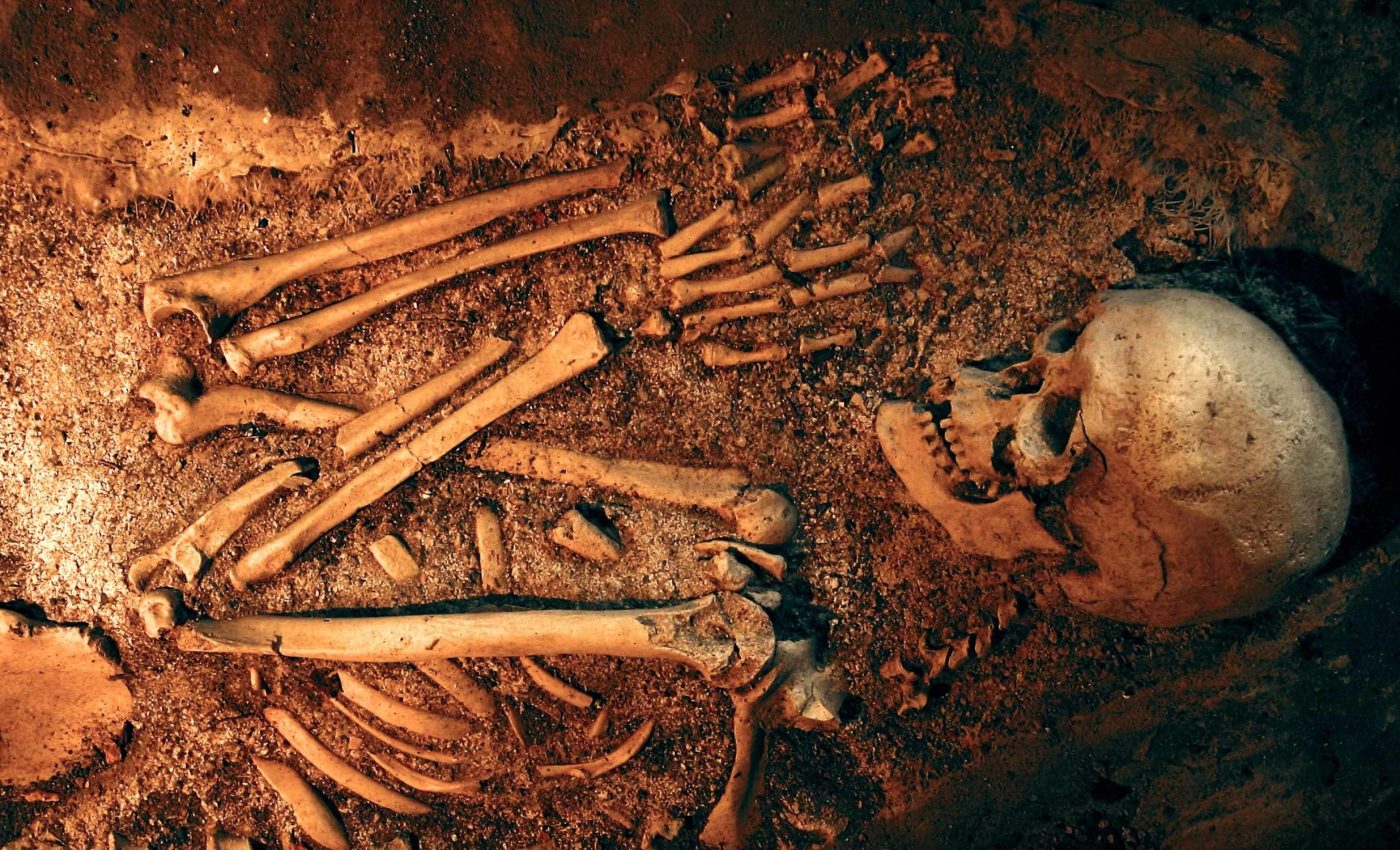
Mysterious disease that prevents people from opening their fingers comes from Neanderthals
A finger that will not fully straighten can be more than a minor annoyance. It can be due to Dupuytren’s disease, a thickening of the tissue in the palm that slowly tethers one or more fingers toward the palm.
The condition starts with small lumps under the skin, then stiff cords form and tighten. It most often affects the ring and middle fingers and can make everyday tasks frustrating.
New research links the risk of this condition to Neandertal genes that have been passed on since interbreeding events many thousands of years ago.
Why Dupuytren’s disease stands out
The latest research was led by Hugo Zeberg at Karolinska Institutet (KI). Combining data from three biobanks of 7,871 cases and 645,880 controls, the team reported 61 genome-wide significant variants.
“We show that 3 of the 61 loci (specific spots on the genome that carry particular versions of a gene) harbor alleles (a specific variant or alternative form of a gene) of Neandertal origin,” wrote Zeberg.
That pattern helps explain why the condition is far more common in people with northern European roots. It does not make the disorder a Viking badge, and ancestry does not seal anyone’s fate.
Among Norwegians over age 60, the prevalence has been reported to approach 30 percent. That striking number has fueled the long-standing nickname “Viking disease.”
An analysis of genetic and clinical data shows that Dupuytren’s is most common in people of northwestern European descent and less frequent in other groups.
This finding aligns with the distribution of known genetic risk variants across ancestries. The conclusion draws on a population-level analysis that examined how known genetic risk markers track with observed case rates.
Genes and environment share the load
A Danish twin project found that Dupuytren’s disease is highly heritable, estimating heritability at about 80 percent. That number points to a strong genetic contribution.
Age, diabetes, and heavy alcohol use are also linked to risk. Those influences matter, yet they do not by themselves explain the ancestry patterns seen in clinics.
The investigators ran a large, genome-wide association study across the U.K. Biobank, FinnGen, and the Michigan Genomics Initiative.
They scanned millions of small DNA changes, tagged the ones that rose far above the noise, and then asked whether any rode in on DNA stretches inherited from Neandertals.
They identified 61 associated genetic regions and found that three carry alleles that match Neandertal haplotypes. Two of those Neandertal-linked signals ranked among the top three risk contributors in the entire analysis.
Neandertals and Dupuytren’s disease
One of those signals sits on chromosome 7 and points to EPDR1, a gene that is active in connective tissue cells of the hand.
The team’s analyses suggest the risk version shifts how EPDR1’s RNA is spliced in muscle, fat, and fibroblasts. The outcome produces a truncated protein in carriers.
Independent structural work shows that EPDR1 forms a dimer and contains a lipid-binding pocket, features that are disrupted by truncation.
That structural context gives a plausible route for how altered EPDR1 might change cell behavior in the palm.
Another strong signal lies on chromosome 8 and also traces to Neandertal ancestry. A third sits on chromosome 17 and carries a more modest effect.
How much risk are we talking about
Genetic risk adds up, it does not dictate. In this dataset, carrying all three Neandertal-derived risk alleles was linked to roughly a 2.8 fold increase in odds compared with carrying none.
This statistical estimate quantifies relative odds rather than absolute certainty.
Most people with northern European ancestry will inherit some Neandertal DNA, yet very few will develop severe contractures.
Genes set the baseline, while time, biology, and environment decide what happens on top of that baseline.
Link with Neandertals makes sense
People of African ancestry have negligible amounts of Neandertal DNA and are rarely affected by Dupuytren’s disease.
People whose ancestors lived outside Africa inherited small segments of DNA from archaic groups after ancient interbreeding.
Those segments drifted through generations, sometimes nudging immunity, metabolism, or connective tissue.
Dupuytren’s is one case where those old segments help shape who is more likely to be affected today. It illustrates how ancient population history can leave subtle fingerprints on modern health.
Dupuytren’s disease and future study
The data help explain why the condition clusters in certain populations without implying anything about culture or identity.
For clinicians, the map of risk variants, especially the EPDR1 signal, points to biological pathways worth monitoring for future therapies or for better staging of disease.
For patients, the message is practical. Early attention to hand changes, paired with appropriate treatment, still matters more than who your ancestors were.
Scientists will keep testing how the EPDR1 splice shift alters cell function in the palm’s fibrous layer. They will also search for additional genetic modifiers that either buffer or amplify risk in different tissues.
The broader goal is straightforward. If researchers can connect specific DNA changes to the cell programs that stiffen the palm, they can sharpen prevention and care.
The study is published in Molecular Biology and Evolution.
—–
Like what you read? Subscribe to our newsletter for engaging articles, exclusive content, and the latest updates.
Check us out on EarthSnap, a free app brought to you by Eric Ralls and Earth.com.
—–













